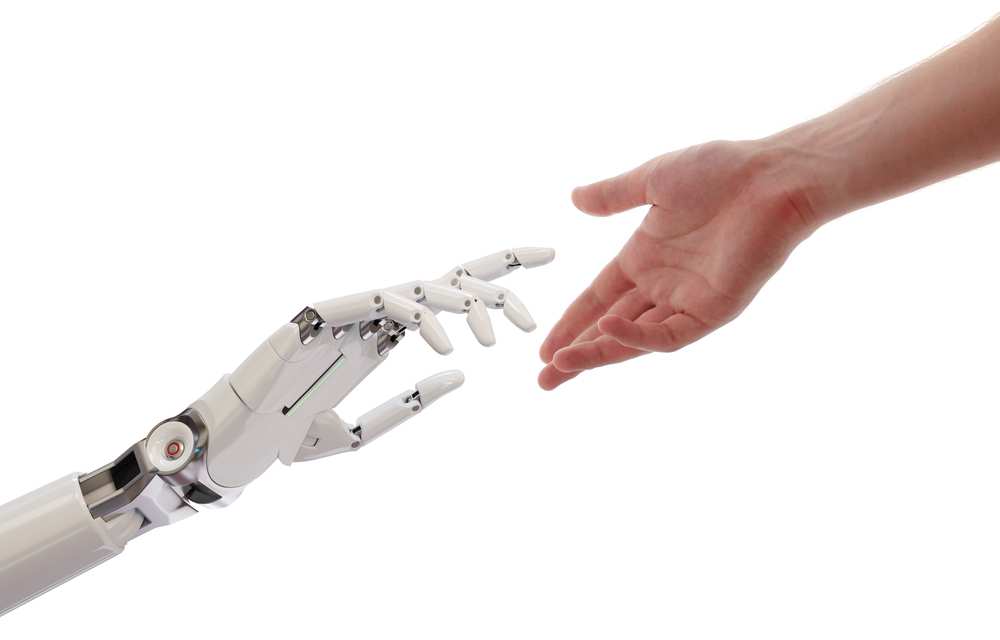“The future is already here. It’s just not very evenly distributed."
That quote, from Neuromancer author William Gibson, is even more timely today, as advances in robots begin to dovetail with Asia’s – and Asian insurers’ – efforts to meet the needs of its fast-ageing populations.
Super-aged countries
For the fastest-ageing Asian countries (think Japan, Korea and China), as baby boomers reach their 50s, solutions to the ageing dilemma are increasingly imperative
In 2013, the World Health Organization and the United Nations classified Japan as a super-aged society, placing it among countries where more than 21% of the population is 65 or older. With the highest average longevity in the world, (83.7 years), birth rates at record lows (approximately 1.4 per woman), and a population total now in decline, Japan’s senior cohort is targeted to reach more than 30% of the total by 2050.
And the number of super-aged countries, in Asia as well as worldwide, is likely to grow quickly. A 2014 report from the rating agency Moody’s is predicting that 13 countries, including New Zealand as well as Japan, will be super-aged societies. By 2030, the total will be 34, with Singapore and Korea joining the ranks, which will include not only these countries but nearly all of Western Europe, plus Canada and the US.
Korea’s population is ageing even more rapidly than Japan’s, with a 2015 birth rate of 1.24 per woman and a fast-shrinking dependency ratio of 5.2. By 2060, Statistics Korea is projecting that people age 65 and older will comprise 40.1% of the population, and that only 100 workers will support 80.6 retirees.
China’s and Singapore’s populations are aging quickly as well. Currently, 25% of the world’s elderly live in China, and by 2030, its super-aged cohort will comprise 16.2% of the total population. By 2050, the dependency ratio, which measures working-age population (15-64) against those 65 and older, is slated to drop to 2.6 – substantially lower than the projected worldwide average of 4. Singapore, meanwhile, although expecting its population to grow, anticipates that 25% of its residents will be age 65 or older by 2030, up from one in eight in 2016, with a dependency ratio of approximately 2.0.
Challenges and solutions
Population ageing affects everything in local and national economies: workforces, pensions, and more than ever, provision of care for health and long-term assistance needs.
With older populations comes increased morbidity – specifically, more chronic illnesses associated with ageing as well as more individuals afflicted with dementia. Couple this with an anticipated caregiver shortage – in Japan alone, the shortage is slated to top one million by 2025 – and a perfect storm could well be on the horizon.
Governments are investigating both demographic and technological solutions. China, for example, instituted a two-child policy in October 2015, which has already increased its 2016 birth rate by 7% over the year prior but is still below replacement level, and Japan’s government is considering steps to improve its fertility rate.
Governments are also looking at ways to maintain the labour force by increasing the retirement age, and are investing in age-related businesses, from digital health companies and food delivery services to IoT (internet of things) startups focused on keeping seniors independent and providing a range of enhanced care levels.
Gerontechnology
This particular sector, recently dubbed gerontechnology, focuses on the intersection of the elderly and fast-developing digital technologies (tablets and smart-phones, exergames, social media, etc.), and is a fascinating area of senior care. One of its long-time developmental epicenters has been in carebots – that is, robots designed and built specifically to assist the elderly. Long home of the industrial robot, Japan has also been focusing on how robots can serve elder care needs.
Sales of robots or robotic machines designed to assist elderly people are expected to increase substantially over the next two decades. Indeed, by 2018 alone, sales of these units are forecast to reach more than 12,000.
Carebots
Carebots fall into two main categories: physically assistive and socially assistive. Physically assistive robots include Asimo, developed by Honda (yes, the car company). They can perform a variety of household tasks, from fetching food to turning off lights, for people who can still live independently.
Resyone, developed by Panasonic, can transform from a bed to an electric wheelchair to reduce caregiver needs. Robear, a bear-shaped experimental nursing care robot unveiled in 2015 by RIKEN-SRK Collaboration Center for Human Interactive Robot Research and Sumitomo Riko Company, can serve several physically assistive functions, from helping people stand up to lifting them and transferring them from beds to wheelchairs, which has the side benefit of reducing strain and back injuries for human caregivers.
Much of the development of socially assistive robots for the elderly has focused on interactive companions. Interactive therapeutic robots such as Paro, Pepper, Babyloid and Ludwig, provide a certain measure of companionship and have been found in some cases to fight depression and even reduce dementia medication needs.
Physically assistive robotics also encompasses robosuits, which have the potential to not only help people with physical disabilities, but also to enhance the able-bodied and extend working lives of individuals as they age. The Hybrid Assisted Limb, or HAL, device (not related to the computer from 2001) was originally developed to assist walking and lifting using sensors on a wearer’s skin that can anticipate movements. Recently, HAL for Labor Support, a portable exoskeleton, has been introduced to enable users to lift heavy objects with far less effort. Currently in use at Tokyo’s Haneda Airport, this technology is seen as having the potential to extend the working lives of seniors.
China, Singapore and Korea investing in carebots
China, Singapore, and Korea are also developing service-oriented robots for elders. Nursing homes in China are currently testing robots that monitor residents’ health, help them stay in touch with family, and provide companionship.
In 2016, the government of Singapore rolled out RoboCoach, a humanoid exercise robot for senior centres, as part of its Smart Nation scheme, which has, as part of its focus, helping the elderly lead more independent lives through technology.
Korea is also investing substantially in carebots. More than 600 domestic robot companies operate in the country, many of which are focused on the “silver market”. Already two Korean-made robots are in service for elder needs: GoCart, developed by a Korean-Swedish-American partnership, has been distributing meals in US elder care facilities since 2014, and iRobi, originally developed as an interactive teaching robot, has been found to have applicability to elders as well.
Future implications
What can robotics mean for the future of senior healthcare, and for the insurers that cover it? Assistive care by robots might seem unorthodox today, but such robots are already becoming an integral element of eldercare. Their role clearly has the potential to expand as the technology advances, as well as reduce insurer costs and risks while enabling seniors to age in place.
Insurers are paying attention. Al-ready, two insurance companies, AIG and Daido, have teamed with Cyberdyne, the Japanese company that developed HAL, to develop insurance products based on an active care concept that incorporate robotics. Daido Life has already launched its “HAL Plus Rider” in Japan, the first insurance product to cover treatment of spinal cord injuries with Medical HAL, and the rider has also been made available to the Polish market.
Many issues in incorporating this technology still exist for insurers – in particular, determining medical necessity for robotic devices and developing and pricing living benefits cover that can properly incorporate it. Current long-term care policies only pay a monetary benefit to those who need care from a facility providing nursing or assisted living care – a benefit that has proven to be quite expensive. There is still a need for long-term care cover, and forward-looking insurers might want to consider embedding access to a range of services such as these in their next generation products.



